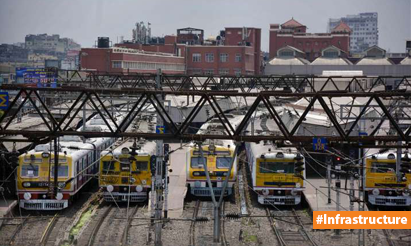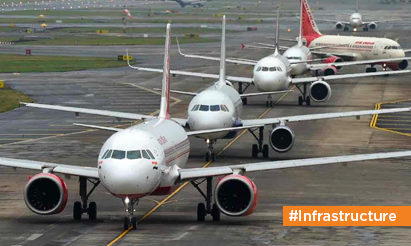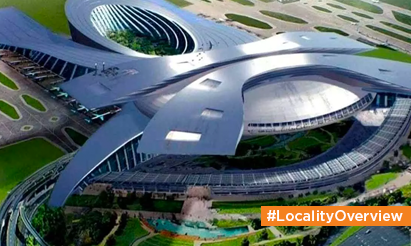TOD – Transit-Oriented Development
TOD is an urban planning framework that focuses on establishing mixed-use neighbourhoods in high-density locations that are accessible from transportation hubs. Cities suffering fast urbanisation, explosive population increase, and increased automobile jams, such as Ahmedabad, Delhi, and Mumbai, have largely embraced the approach.
Terminology
TOD is a micro or macro-level development paradigm in which mixed-use communities are constructed around transportation hubs to enable a sustainable lifestyle. The creation includes the generation components that are necessary for human survival. For example, creating housing, commercial/office, retail, and leisure areas near metro stations, Bus Rapid Transit System (BRTS), and ferry stations to ensure convenient connectivity and high quality of life for city people.
TOD offers a walkable environment, allowing residents and workers to easily move to markets, workplaces, and neighbouring locations. It also encourages people to use public transportation, reducing congestion and particulate emissions.
TOD consists of
- Mixed-use complexes are located within 2,000 feet of a transit junction.
- A transportation centre at the evolving model’s centre.
- Streets for pedestrians
- Architecture that emphasises non-motorized transportation choices like bicycles and walking
- Parking lots that are managed
- Protecting fragile ecosystems and high-quality open spaces
Advantages of TOD
- A better way of life and easier access to places to work, play, and live
- Enhanced mobility
- increased public safety
- increased transport usage
- Reduced household expenditure on travel
- Maximum urban land use
Disclaimer: The views expressed above are for informational purposes only based on industry reports and related news stories. PropertyPistol does not guarantee the accuracy, completeness, or reliability of the information and shall not be held responsible for any action taken based on the published information.




